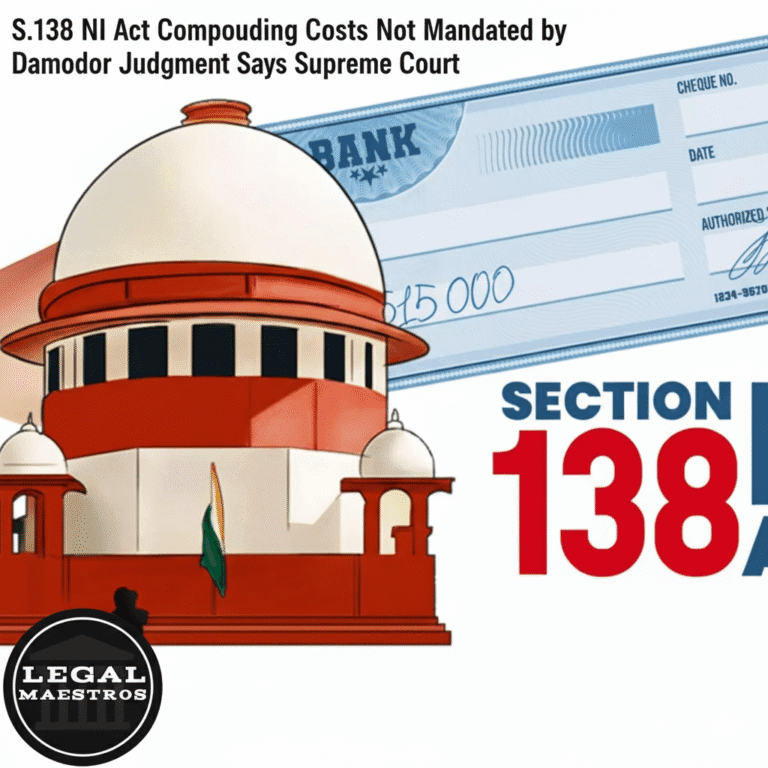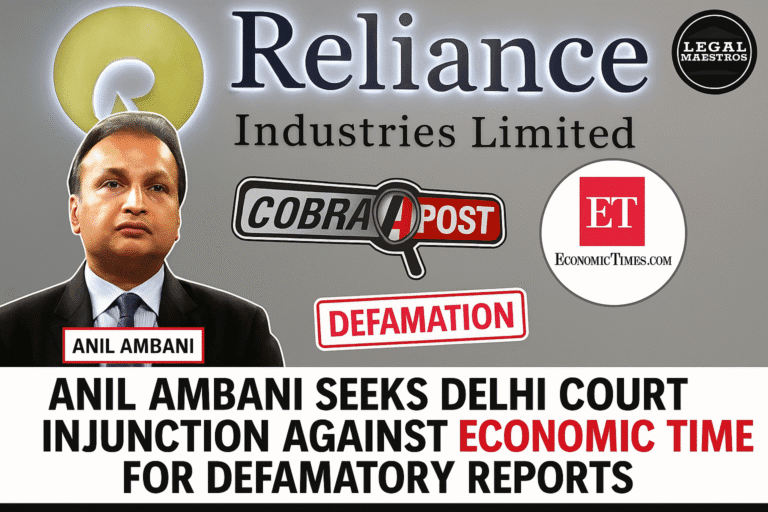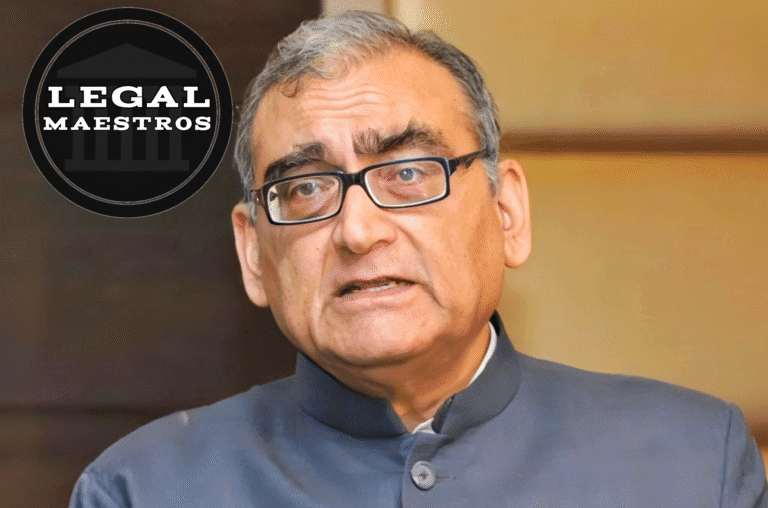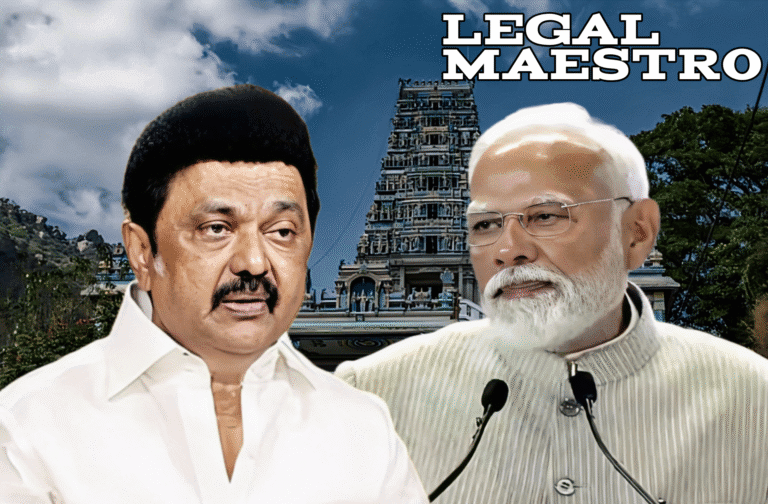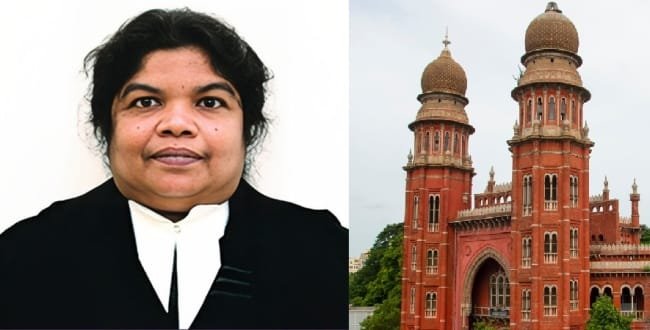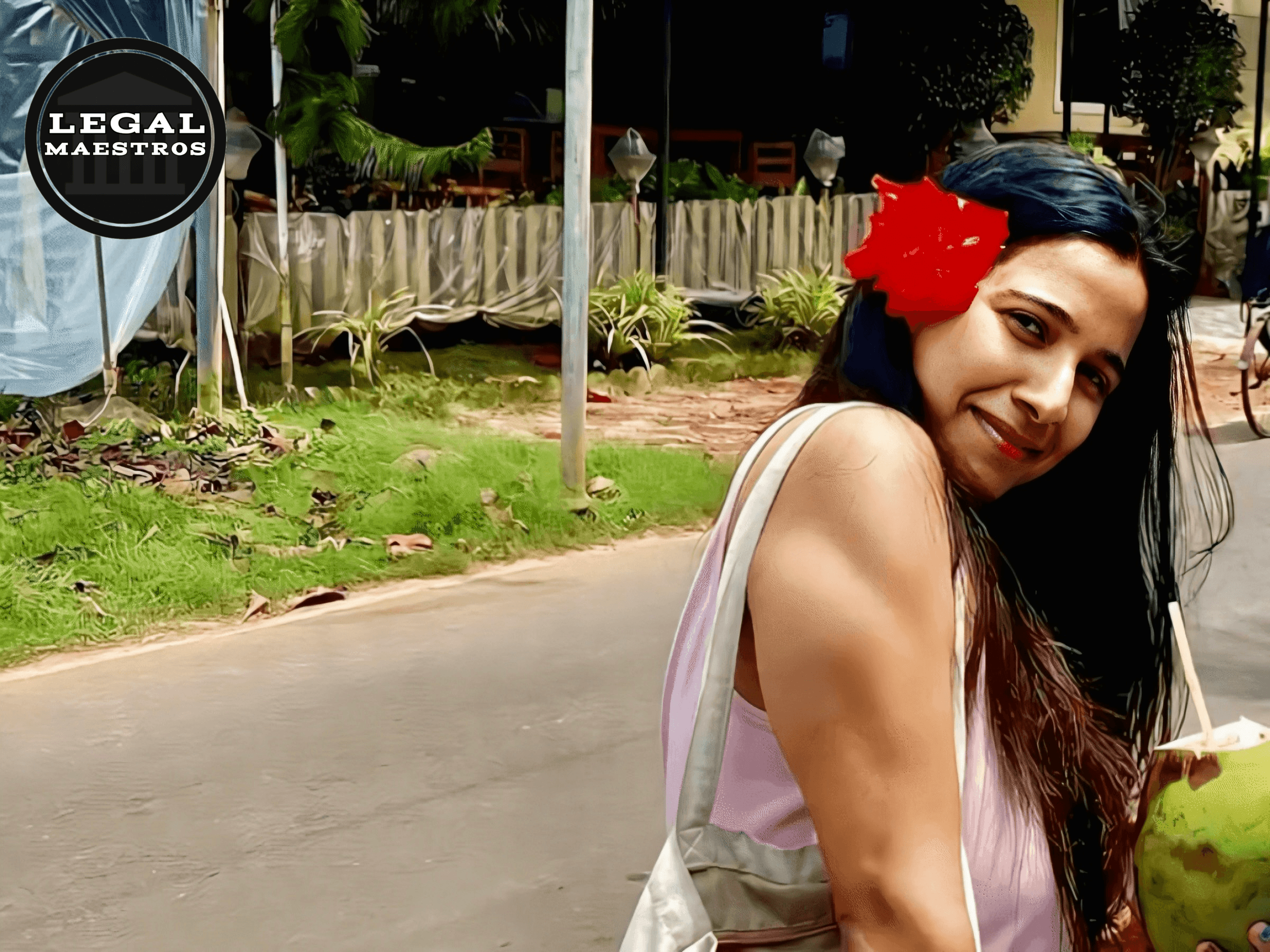
In a country where infrastructure is the true backbone of development, the #KnowYourRoad campaign has emerged as a bold push for transparency and public accountability.
Launched by Anuradha Tiwari, founder of the Dharma Party of India, the campaign took off just weeks after the party’s official launch on June 16, 2025. The mission of this campaign is to provide citizens with critical information about the roads they use daily, which includes all the details about the contractor, project cost, timeline, and maintenance agency.
When a ₹5 biscuit carries full details, why not ₹100 crore road?
The #KnowYourRoad campaign began with a simple yet searing question posted by Anuradha Tiwari in a viral tweet. She compared the transparency of a ₹5 Parle-G biscuit packet, which carries complete manufacturing details, to a ₹100-crore road riddled with potholes, which carries none.
For any queries or to publish an article or post or advertisement on our platform, do call at +91 6377460764 or email us at contact@legalmaestros.com.
“Why does a biscuit have more accountability than a government road?” she asked and the question struck a chord with millions of Indians frustrated by corruption and crumbling infrastructure especially during monsoon season.
QR Codes on Every Road: Transparency You Can Scan
In a system where taxpayers fund public works but they rarely see where their money goes. Know Your Road is not just a campaign, it’s a movement demanding that every road shows contractor names, project costs, and maintenance agencies- made accessible to the public through QR codes or a mobile application.
What began as outrage soon turned into action as a volunteer techie built a working prototype of an app called “Know My Road”, turning the campaign into a tangible, tech-powered solution.
For any queries or to publish an article or post or advertisement on our platform, do call at +91 6377460764 or email us at contact@legalmaestros.com.
#KnowYourRoad is a Constitutional Right – Article 21
This movement isn’t just a practical necessity, it’s a constitutional right, rooted in Article 21 of the Indian Constitution, which guarantees every citizen the right to life and personal liberty. When roads collapse, bridges fail, and taxpayers are left in the dark, demanding transparency is not activism, it’s survival.
For More Updates & Regular Notes Join Our Whats App Group (https://chat.whatsapp.com/DkucckgAEJbCtXwXr2yIt0) and Telegram Group ( https://t.me/legalmaestroeducators ) contact@legalmaestros.com.
The platform empowers citizens to access crucial information about road projects, including the contractor’s name, project cost, supervising engineer, approving authority, maintenance agency, and even public ratings. For the first time, taxpayers become active stakeholders, not silent spectators.
For any queries or to publish an article or post or advertisement on our platform, do call at +91 6377460764 or email us at contact@legalmaestros.com.
As Anuradha Tiwari rightly puts it, “Transparency is the first step to accountability.” And this platform ensures both by putting power back in the hands of the people who fund these roads.
The violation of a single constitutional right can trigger a chain of injustices – a truth underscored by Article 21 of the Indian Constitution, which states: “No person shall be deprived of his life or personal liberty except according to procedure established by law.”
Over the years, the Indian judiciary has expanded the scope of Article 21 beyond just protection from state arbitrariness, recognizing it as the right to live with dignity. This includes access to a safe environment, clean water, and most critically, safe public infrastructure.
For any queries or to publish an article or post or advertisement on our platform, do call at +91 6377460764 or email us at contact@legalmaestros.com.
This is where the #KnowYourRoad campaign becomes not just relevant, but necessary. Pothole-ridden roads and flawed construction aren’t minor inconveniences, they are threats to life. Crumbling infrastructure doesn’t just hinder movement; it violates the very right to live and work with dignity.
Landmark Supreme Court Judgments For Right to Safe Roads
The #KnowYourRoad campaign finds strong backing in multiple landmark Supreme Court judgments that interpret Article 21, the Right to Life as inclusive of safety, dignity, and access to information.
🔹 Consumer Education and Research Centre v. Union of India (1995):
The Court ruled that the state has a duty to ensure a safe working environment, linking occupational safety directly to the right to life. This logic extends to roads and infrastructure used daily by millions. Unsafe roads are a constitutional failure.
For any queries or to publish an article or post or advertisement on our platform, do call at +91 6377460764 or email us at contact@legalmaestros.com.
🔹 Ratlam Municipal Council v. Vardhichand (1980):
In a bold precedent, the Court held that local bodies cannot escape their responsibility to provide basic civic infrastructure. It ordered drainage lines to protect public health. Similarly, potholes and collapsing bridges are public hazards, and the state is obligated to act. Transparency is the first step in that obligation.
🔹 M.C. Mehta v. Union of India (1986 – Oleum Gas Leak Case):
This case expanded the scope of Article 21 to include the right to a safe environment. If hazardous industries could be shut for endangering lives, then crumbling infrastructure deserves equal scrutiny.
🔹 State of Uttar Pradesh v. Raj Narain (1975):
Though unrelated to roads, this landmark case established the Right to Information as part of Article 21. Citizens have a fundamental right to know how their tax money is spent, including who built their roads, for how much, and who is responsible when they fail.
For any queries or to publish an article or post or advertisement on our platform, do call at +91 6377460764 or email us at contact@legalmaestros.com.
Together, these cases affirm that transparency in infrastructure isn’t just good governance, it’s a legal and moral necessity.
These judicial rulings are echoed powerfully in the #KnowYourRoad campaign, which demands implementation of QR codes and a dedicated app to make road project details from cost to contractor- all publicly accessible. This isn’t just about data; it’s about giving citizens the power to hold the state accountable.
Collectively, these judgments establish that it is the constitutional duty of the state to ensure the continued safety and quality of public infrastructure because these are not luxuries, but pillars of a basic life.
For any queries or to publish an article or post or advertisement on our platform, do call at +91 6377460764 or email us at contact@legalmaestros.com.
Transparency is the key to accountability
#KnowYourRoad goes a step further- it doesn’t just demand action; it enables it. By equipping people with tools to track, verify, and question, it turns constitutional ideals into civic action.
As Anuradha Tiwari rightly puts it, “Transparency is the key to accountability.” And accountability is the only cure for a system where bad roads cost lives.
By making project details publicly accessible, the #KnowYourRoad campaign empowers citizens to identify negligence, corruption, or incompetence whether it’s contractors cutting corners or bureaucrats approving substandard work. It gives people the means to demand accountability and corrective action.
For any queries or to publish an article or post or advertisement on our platform, do call at +91 6377460764 or email us at contact@legalmaestros.com.
More importantly, the campaign aligns with the Right to Information, a judicially recognized component of Article 21of the Constitution. When a citizen scans a QR code or opens the app to check a road’s cost, contractor, and maintenance status, they are not just accessing data- they are exercising a constitutional right.
This is participatory democracy in action where civil society refuses to remain a silent spectator and instead claims its rightful role as a stakeholder in governance.
From viral tweet to real-time solution
In less than a month, Anuradha Tiwari has transformed a viral tweet into a nationwide movement – backed by a working app prototype and anchored in constitutional rights. The #KnowYourRoad campaign reimagines a basic civic complaint and elevates it to a constitutional demand under Article 21- the right to live with dignity.
For any queries or to publish an article or post or advertisement on our platform, do call at +91 6377460764 or email us at contact@legalmaestros.com.
For a nation that aspires to global leadership, infrastructure is not just concrete – it’s a test of governance. This campaign, rooted in merit, innovation, and public participation, offers a blueprint for accountable governance.
It reminds us that democracy doesn’t thrive in audit reports locked away in files – it thrives when citizens can demand answers on the roads they walk every day.
As Tiwari puts it “We’re not just here to talk about problems. We’re here to fix them.” This campaign, grounded in the promise of Article 21, is not just a protest – it’s a pledge to build the future India deserves.
For any queries or to publish an article or post or advertisement on our platform, do call at +91 6377460764 or email us at contact@legalmaestros.com.


